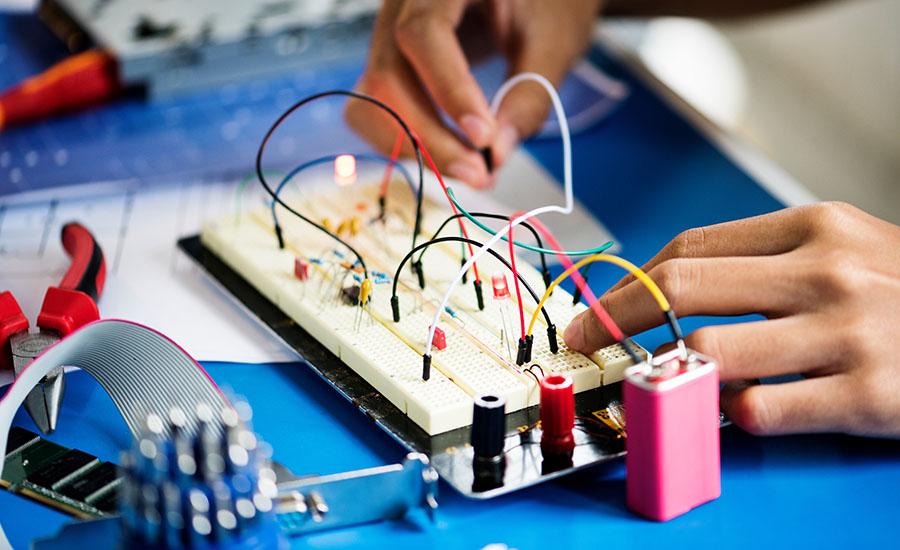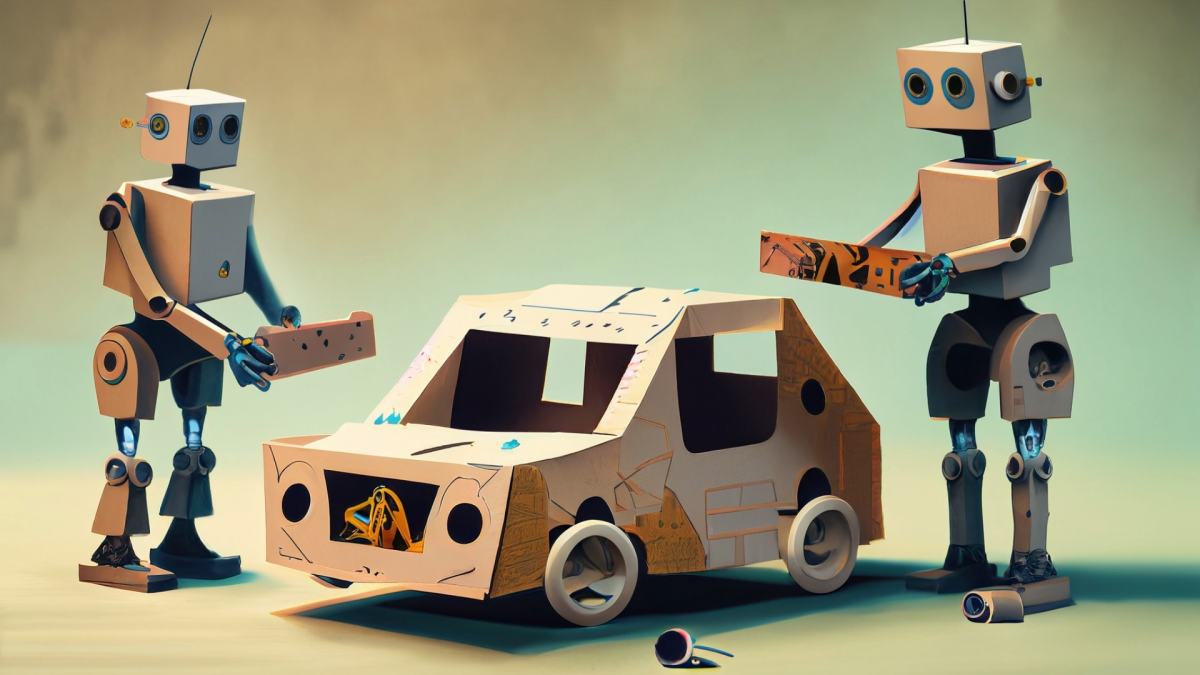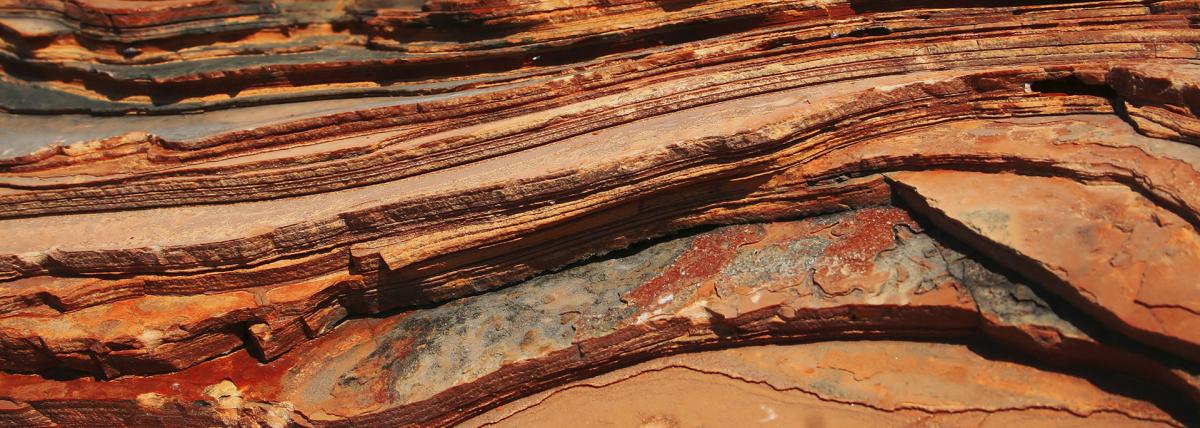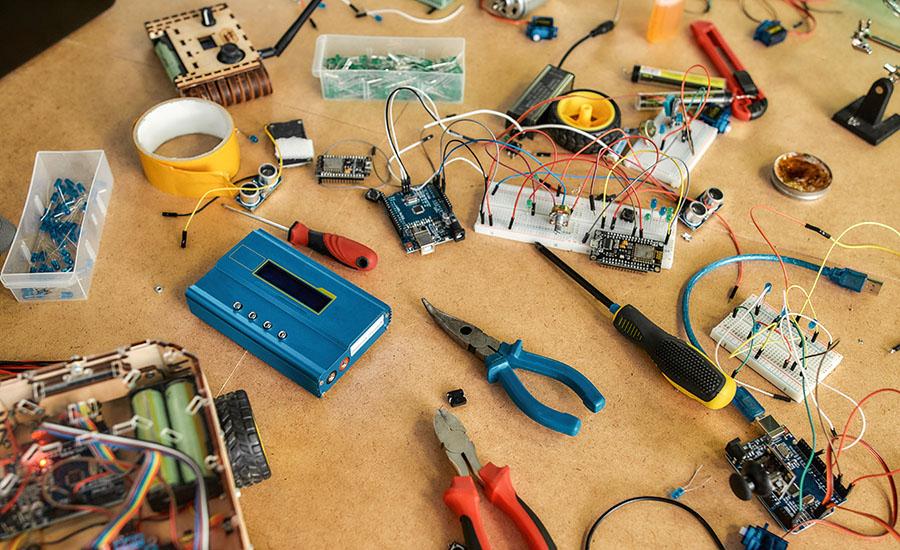
Clever Scientist: Electric Circuits
This STEM lesson is designed to explore electrical circuits and engage in a hands-on activity to create, label, and identify the differences between parallel and series circuits.
Students will develop and use a model that explains how energy is moved or transferred from place to place through electric currents. While they construct circuits to create electricity, they will be analyzing, collaborating and communicating effectively with their partners to complete an engineering design challenge. At the end of this unit, students will be able to independently identify complete and incomplete circuits, suggest ways to fix incomplete circuits, identify parts of a circuit, and create a circuit.
Lesson Grade Level
4th GradeLesson Plan Link/URL
https://docs.google.com/presentation/d/19lO67saEwWZ_hwYn7mUx7xefvg0TlUWnw3aJp_9…Subject Area
Science Physical Science P4: Energy Transfer Engineering S2: Apply the Engineering Design Process S4: Apply Science to Engineering Mathematics Measurement and Data (MD) English Language Arts (ELA) Reading (Informational Text) Writing Speaking & ListeningRelated Content

This lesson uses the knowledge of circuits (lessons 1 and 2) to make a battery-powered car. We used a tutorial from Tinkercad and designed our own body of a car. Then, I printed their cars. They

Explore Coal Mine Canyon's wonders! Watch a documentary, read about geology, draw the canyon, and use tech to learn about geological layers. Fun, interactive learning awaits!

I use this egg drop/crash lesson as an introduction to Energy and Energy Transfer in physics. Students understand basic kinematics, but I generally conduct this lesson before projectile motion, but it